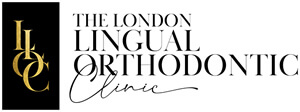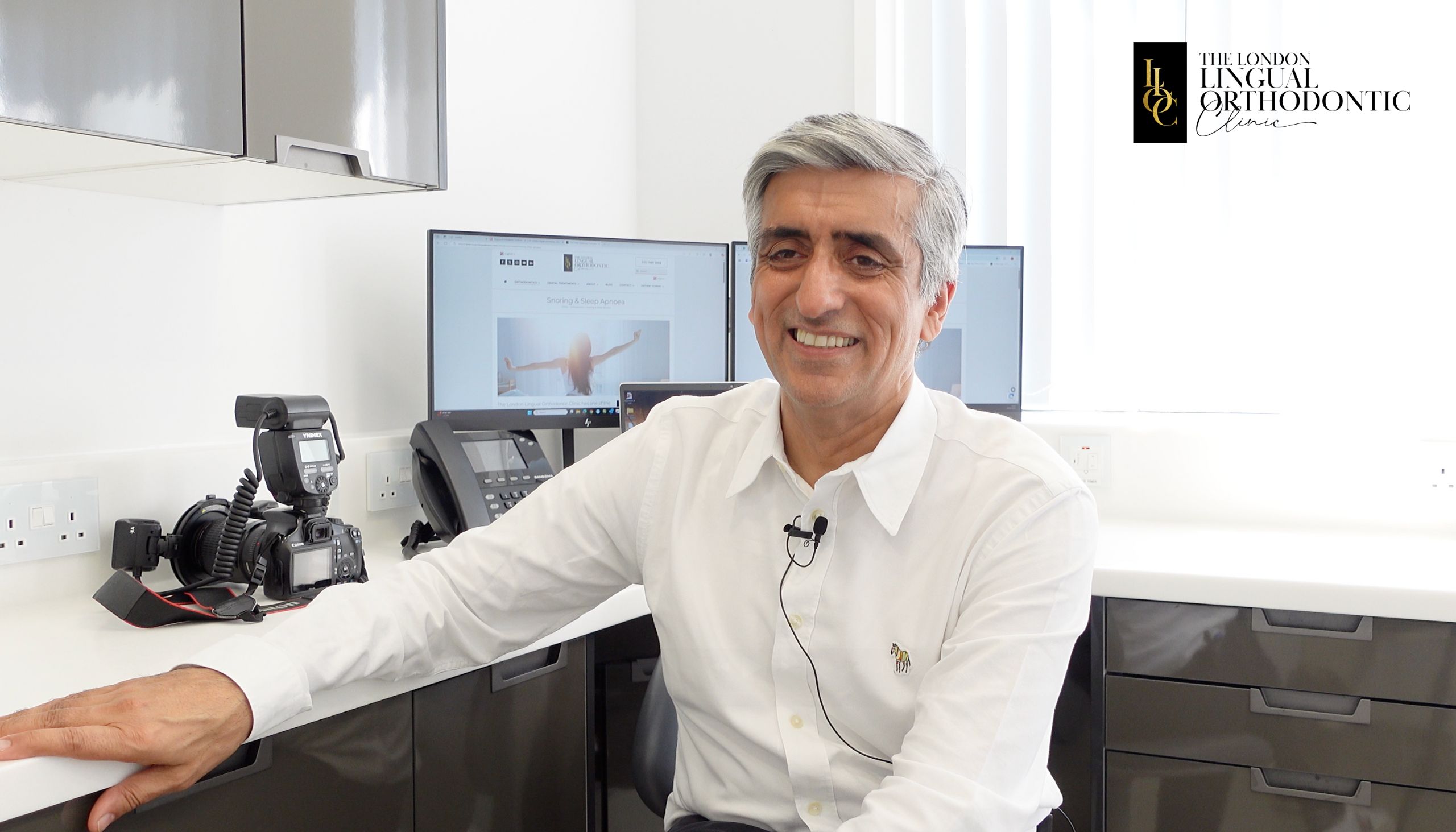A dentist recently asked me on Twitter who is responsible for the dental health of a patient undergoing orthodontic treatment. Is it the general dentist who has referred the patient or the specialist orthodontist?
I replied that both are responsible – prompted me to reflect on the vital subject of communication between dentist and specialist.
The patient is usually very engaged with how they are going to look at the end of treatment so I can be sure of a detailed conversation with them about their appearance. But the referring dentist is excluded from this discussion. Which is why it’s so important that the dentist understands my approach to smile aesthetics. If the GDP is going to find it difficult to place a crown or a veneer or dental implant because of a change I have made to their patient’s dentition, the outcome is not going to be good for the patient.
My job is not just to straighten teeth, but guide all concerned in the right direction. The patient and the GDP must be happy because their relationship continues while mine is just a passing role. What am I assessing when I analyse a patient’s smile and how I am going to improve it? I start by looking at:
- Inclination – the angle or slope of the teeth away from the vertical plane
- Protrusion – is this optimum for mouth shape and bite?
- Alignment – how straight are the teeth?
- Proportion – are the principles of Golden Proportion reflected in the smile?
- Incisal edges – are they horizontal and symmetrical to the eye plane?
- Dental arch form – how much of the upper anterior teeth are on show when you smile
- The midline – is the central point between the anterior teeth also central to the lips and nose?
- The embrasure – the teeth should have gently rounded edges where they meet adjoining teeth, especially in women
- The arc of the smile – does the curve formed by the upper teeth follow the curve of the lower lip?
- Buccal corridors – the spaces on either side of the smile in the channel between the teeth and the corner of the lips should be well proportioned
Having assessed all these aspects, I look at wear and tear, such as the impact of erosion, trauma and restorative treatment and also the health of the gums. Will any of these issues compromise the orthodontic treatment and should I discuss future plans for that patient’s teeth with the dentist? If I am in any doubt, I pick up the phone.
Orthodontics is a science, but it’s very much an art too. For patients I have explained some of these principles in a booklet called The Architecture of the Smile.
For a challenging course of treatment, a well informed patient advised by two clinicians who agree on key goals and principles will achieve the best possible outcome.













